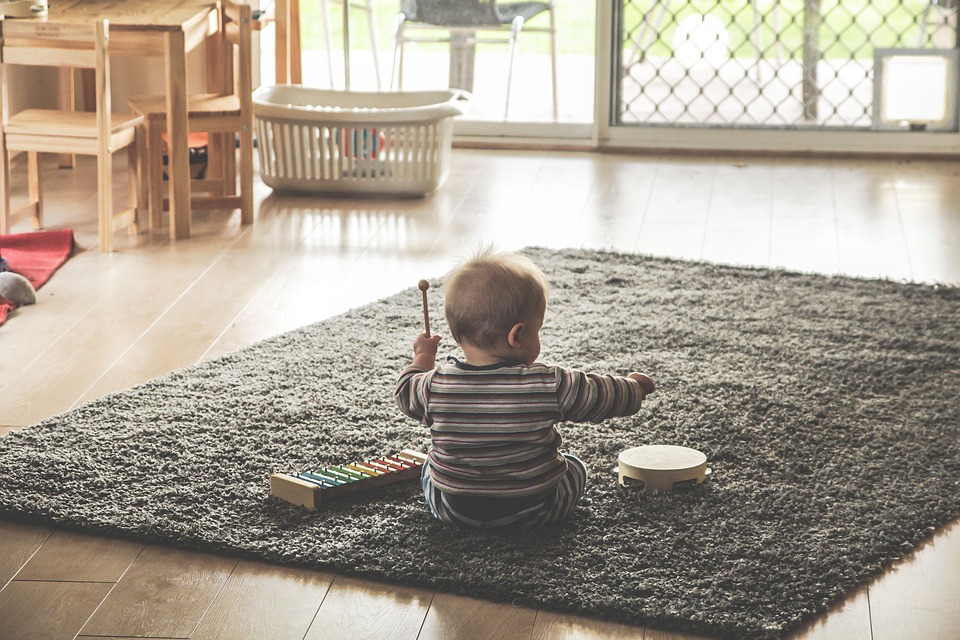Music is an intrinsic part of human culture and has been present throughout history, evolving along with our societies. From ancient times to the present day, music has played a key role in shaping human emotions, traditions, and communication. Through this article, we will explore the journey of music from its earliest beginnings to the current globally diverse industry.
Prehistoric Music
The origins of music can be traced back to prehistoric times. Archaeologists have discovered musical instruments dating back to 40,000 years ago, such as bone flutes, percussion instruments, and in some cases, vocalizations. These instruments were used for various purposes like hunting, religious rituals, and ceremonies.
Early Music in Ancient Civilizations
Music played an important role in ancient civilizations, such as Egypt, Greece, Rome, and China. In Egypt, music was played in religious ceremonies and meditative practices. In Greece, music was an integral part of education, as it was believed to improve the mind and soul. The Greeks developed various musical instruments like the lyre and kithara, which influenced music during the medieval and Renaissance eras.
In China, music was used for entertainment, ceremonies, and government functions. The Chinese developed the pentatonic scale, which is still used in modern music and added traditional instruments, such as the guzheng, pipa, and erhu, to their musical repertoire.
Medieval and Renaissance Music
During the Medieval and Renaissance periods, music became more formalized and an integral part of religious services. The religious music was liturgical chants and plainchants and the early version of the hymn. Musical notation was also developed during this period, allowing the composition and reproduction of more complex music. Troubadours and minstrels played instruments like the lute, viola, and hurdy-gurdy for secular entertainment.
Classical Music
Classical music emerged in the mid-18th century and lasted till the mid-19th century. Composers of this era, such as Mozart, Beethoven, and Bach, created extraordinary pieces that are still popular today. The symphony, sonata, and concerto were the dominant musical forms. The piano and the orchestra were the main instruments, and singers accompanied them.
Romantic Music
Romantic music emerged in the late 19th century. It was a dramatic departure from classical music, exploring new musical tonalities and rhythms. Composers like Chopin, Wagner, and Tchaikovsky created music that aimed to evoke and express intense emotions. Romantic music also saw the introduction of solo instruments like the saxophone and the clarinet.
Jazz and Blues
Jazz and blues originated in the late 19th and early 20th centuries in the United States. The blues typically narrate tales of love, loss, and tragedy and used call-and-response patterns and pentatonic scales to create music. Jazz, on the other hand, is a primordial musical style that combines elements of West African music, blues, and ragtime. Jazz is an improvisational and expressive form of music, characterized by complex rhythms and melodic structures. Jazz legends like Louis Armstrong, Duke Ellington, and Charlie Parker left an indelible mark on music.
Rock and Roll
Rock and roll evolved in the early 1950s and became popular in the 1960s. Musicians like Elvis Presley, the Beatles, and the Rolling Stones defined this genre by blending elements of blues, country, and R&B. It featured electric guitars, drums, bass, and vocals. Rock and roll addressed social and cultural issues and created a distinct youth culture.
Pop Music
Pop music emerged in the 1950s. It is a genre of popular music that is easily accessible and caters to a wide audience. Pop music is characterized by catchy melodies, simple harmonic structures, and an upbeat tempo. Musicians like Michael Jackson, Madonna, and Whitney Houston were the biggest stars of the pop genre in the 1980s and 1990s.
Hip Hop
Hip hop originated in the South Bronx, New York, in the 1970s. It emerged as an expressive form for the African American and Latino communities, and it addressed social and economic issues. Hip hop featured rapping, DJing, breakdancing, and graffiti art. Hip hop has become a part of mainstream culture and has influenced popular music and fashion.
Electronic Music
Electronic music emerged in the late 1970s and early 1980s. It is created using electronic devices, such as synthesizers and computers, and can vary from dance music to ambient music. Electronic music has become increasingly popular, and artists like Daft Punk, Calvin Harris, and David Guetta have gained significant mainstream success.
Conclusion
Over the centuries, music has evolved and transformed, reflecting the changes and shifts in human culture. The journey of music showcases the intricacy of human creativity and the adaptability of the art form, making it one of the most profound and influential aspects of our lives. From the earliest beginnings to the modern electronic realm, music has transcended cultural, political, and social boundaries, creating a unique legacy that is celebrated and appreciated across the globe.

